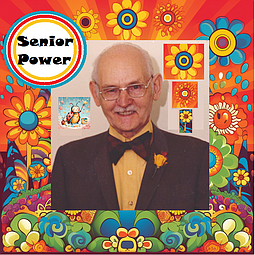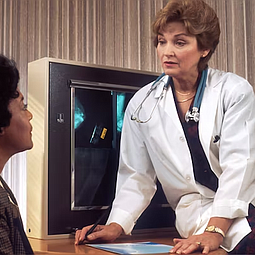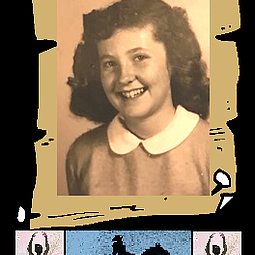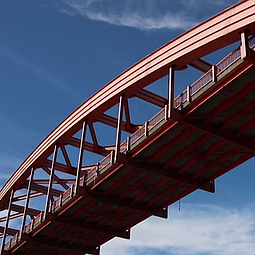Any Time is a Good Time for Fall Prevention Awareness
October 1, 2023 at 10:45 a.m.
This article is courtesy of Senior Helpers
Elton John, Mitch McConnell, Joe Biden… those are just a few of the high-profile seniors who have fallen recently, but every senior is at risk.
This fall season, consider upping your Fall Prevention Awareness and learn tips to help keep seniors safe and out of the vicious cycle of: Fall. Hospital. Rehab. Repeat.
According to the Centers for Disease Control, 1 in 4 seniors fall every year, or 3 million adults 65 years and older. These falls can be life-altering accidents.
The CDC reports that:
Falls are the leading cause of injury-related deaths for seniors. And that number has doubled in the last 20 years.
1 in 5 falls result in serious injuries such as head traumas, hip fractures, or other broken bones.
Women are three times more likely than men to be hospitalized from a fall.
The most common places for falls at home are: the bedroom, bathroom, stairs, and kitchen.
Here are the Top 5 Risks Sending Seniors to the Hospital
Shower: Need tub bench (not shower chair), non-skid tape (inside and outside of the shower), handheld shower head, properly installed grab bars (no suction cups).
Stairs: Stairs should be well-lit, add non-skid tape if needed, remove clutter/decorations, handrails on both sides, use tape on front edge of stairs if stair color blends together. Consider stairlift, if needed.
Bed mobility and transfers: Beds that are too high (remove box spring) or too low (add box spring or furniture risers) put clients at risk. Consider adding bed rail, pivot pole, trapeze bar, or switching to an electric hospital bed.
Kitchen items too high: How do you know if an item is too high for a senior to reach? If you stand up straight and can reach your arm out to the item without leaning, reaching, or changing your center of gravity, then that item is safely within reach. If a senior must lean forward and reach, step on a stool, etc. then the item is too high and should be moved lower.
Not monitoring vital signs as prescribed by physician/taking medication as prescribed: Seniors often have falls that look like it was caused by something in the environment when really it was caused by not properly managing their medical condition. Example- a senior with high blood pressure (hypertension) wakes up one morning and their blood pressure is 90/60 (low blood pressure). They do not check their blood pressure before taking their blood pressure medicine, causing their blood pressure to drop further (70/40). They go to use the restroom and when they stand up from the toilet, they fall because they got dizzy. This fall was not caused by them going to the bathroom, but because they are not properly managing their chronic medical condition of high blood pressure.
This article is courtesy of Senior Helpers, a company that cares for seniors in their homes, including patients with dementia and Parkinson’s disease. The company offers a “Do’s and Don’ts’s" list; a simulation of the client’s home, and an assessment tool (called Life Profile) that it used to reduce the risk of hospitalization.





